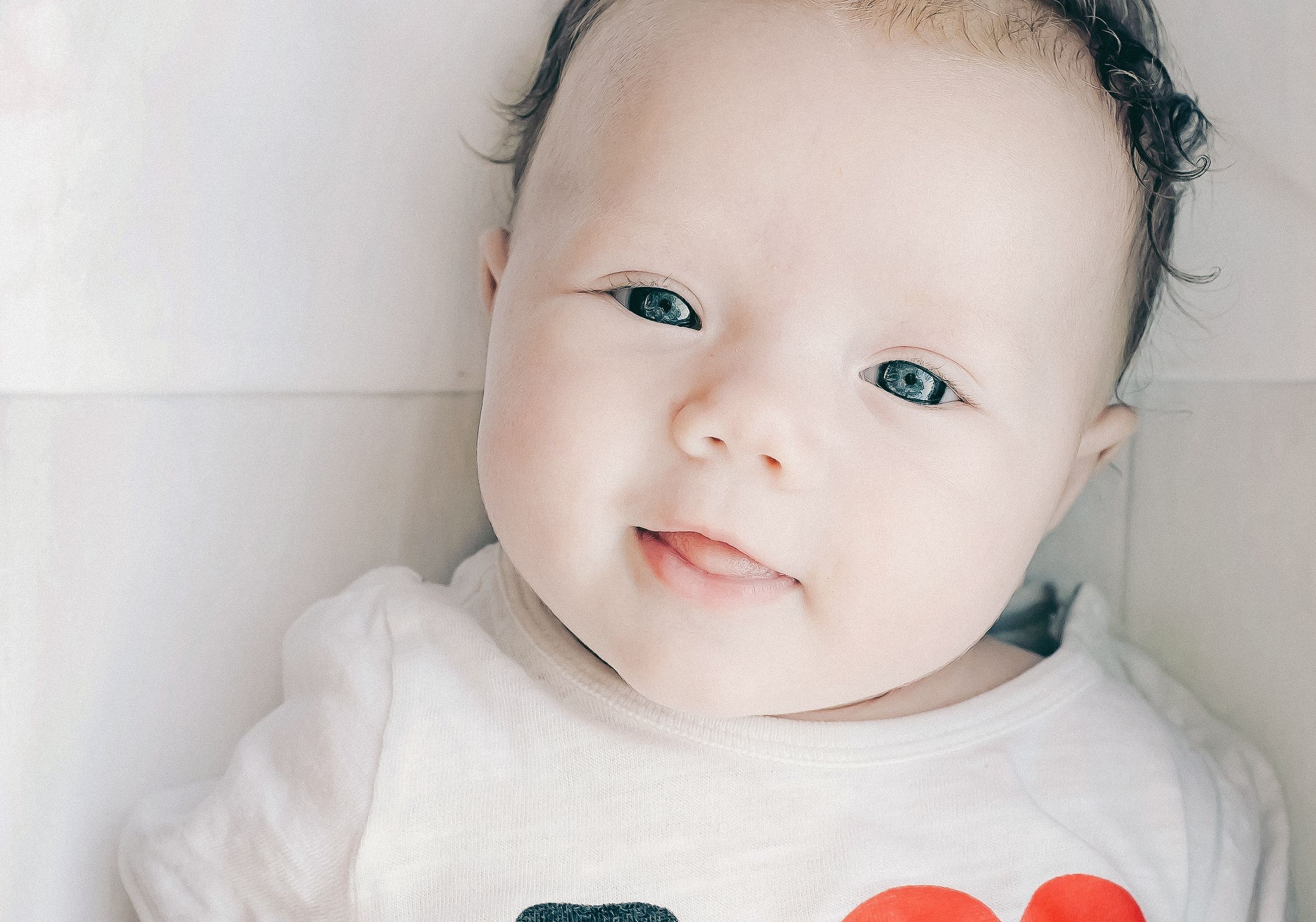
Summary
Delivery of the intervention: Individual- / family-based
Aim of the intervention: The aim of the Holding Tight Treatment System is to support pregnant mothers and baby families with substance abuse problems to overcome the addiction. The treatment system strengthens parenthood and motherhood to guarantee safe growing environment for the baby.
Description of the intervention: Holding Tight Treatment System is targeted at pregrant mothers and baby families who have substance abuse problems. The treatment system lies on the attachment relationship and mentalization theories as well as on neurobiological research on the experiences of successful interactions of mothers with substance abuse problems with their babies (Suchman 2006). The treatment system is based on rehabilitative and reflexive approaches. The content of the treatment system is individually tailored to the situation of the pregnant mother and the baby, and different working methods are used accordingly. The treatment system comprises of the substance abuse rehabilitation and support for the early interaction and parenting at the mother and child homes and shelters. A group-based rehabilitation service, based on the Holding Tight Treatment System, has been developed for the mothers and baby families with substance abuse issues who are in the open care of the mother and baby homes and shelters.
Availability of the intervention in Finland: In-service training for the treatment system is provided for the employees of the mother and baby homes and shelters. Holding Tight Treatment System has been developed in Finland at the Federation of Mothers and Babies Homes and Shelters. The open care rehabilitation service, developed from the Holding Tight, is provided in certain Finnish Mother and Baby Homes and Shelters for the mothers and baby families who hold a municipal commitment to pay the rehabilitation.
Research- and evidence-based efficacy of the intervention: The Holding Tight Treatment System has been investigated in a prospective effectiveness study (Pajulo et al. 2011; Pajulo et al. 2012). Mentalization ability of the mothers who participated in the Treatment System (n = 34) increased during the rehabilitation but the sample size was small and many dropped out before the follow up. There is some evidence for the positive development of the mentalization ability during pregnancy and after child birth among the mothers who participated in the treatment system. In Finland, there are no effectiveness studies with a controlled study design on the Holding Tight Treatment System.
Literature:
- Pajulo, M., Pyykkönen, N., Kalland, M., Sinkkonen, J., Helenius, H. & Punamäki, R. L. (2011). Substance abusing mothers in residential treatment with their babies: Postnatal psychiatric symptomatology and its association with mother–child relationship and later need for child protection actions. Nordic Journal of Psychiatry 65(1), 65–73.
- Pajulo, M., Pyykkönen, N., Kalland, M., Sinkkonen, J., Helenius, H., Punamäki, R. L. & Suchman, N. (2012). Substance‐ abusing mothers in residential treatment with their babies: importance of pre‐and postnatal maternal reflective functioning. Infant Mental Health Journal 33(1), 70–81.
- Suchman, N., Pajulo, M. & Mayes, L. (2013) (toim.). Parenting and substance abuse, developmental approaches to intervention. Oxford University Press.